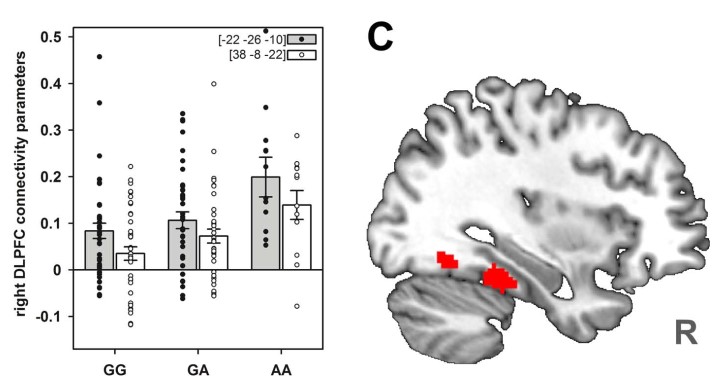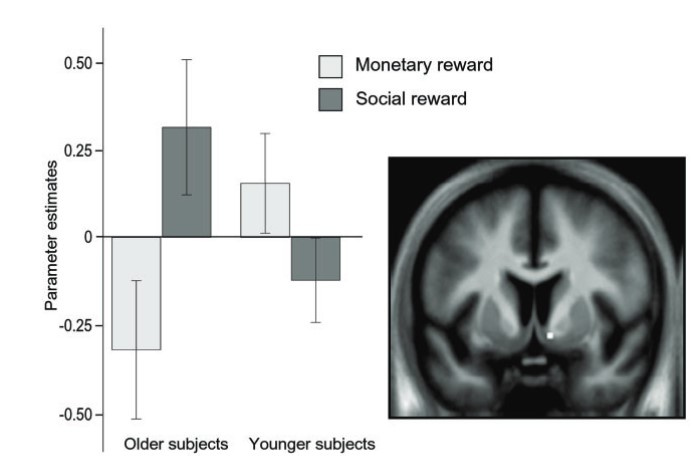Association of rs1006737 in CACNA1C with alterations in prefrontal activation and fronto-hippocampal connectivity
Abstract Background: Genome-wide association studies have identified the rs1006737 single nucleotide polymorphism (SNP) in the CACNA1C gene as a susceptibility locus for schizophrenia and bipolar disorder. On the neural systems level this association is explained by altered functioning of the dorsolateral prefrontal cortex (DLPFC) and the hippocampal formation (HF), brain regions also affected by mental illness. […]



